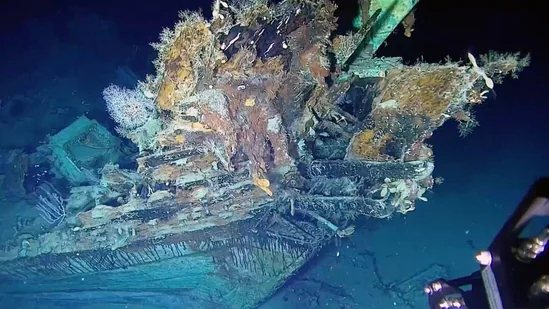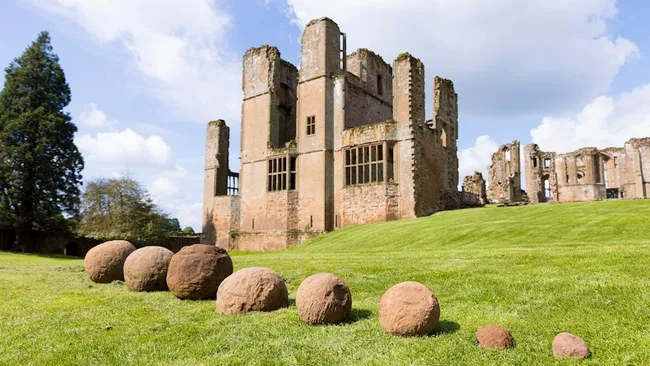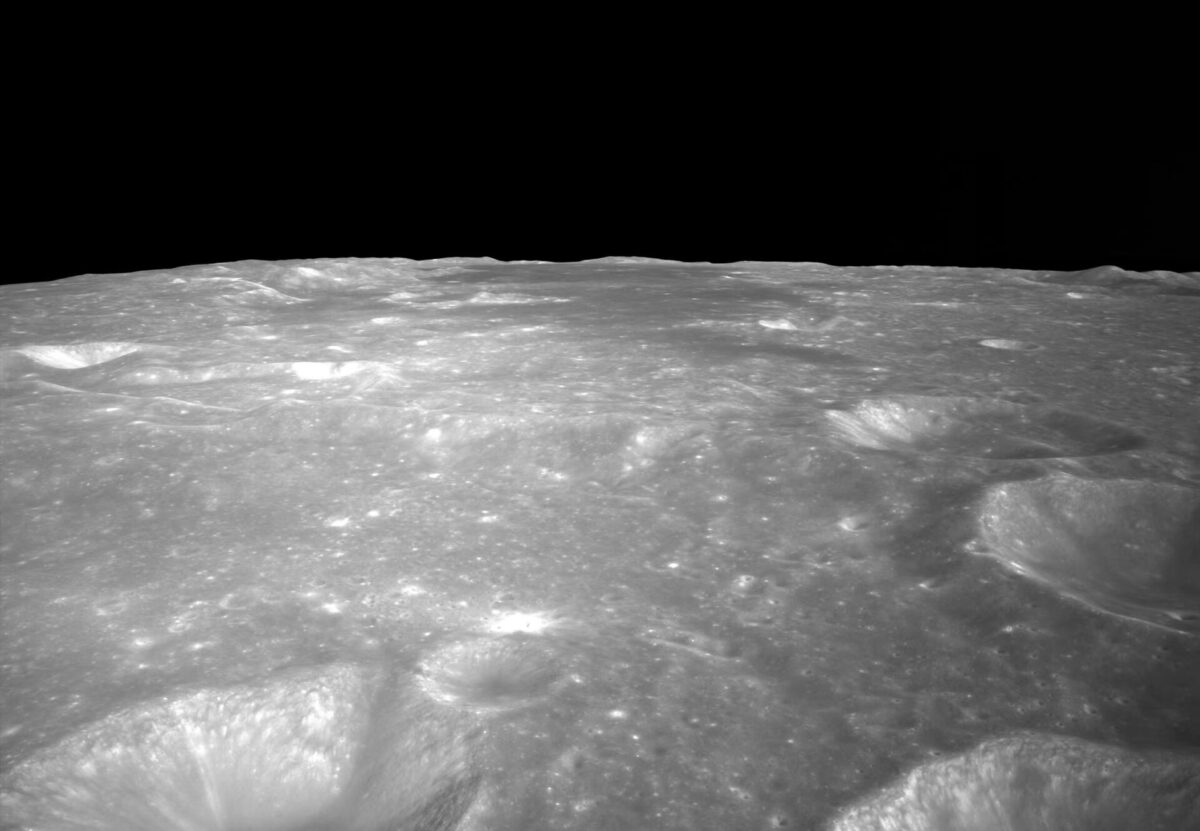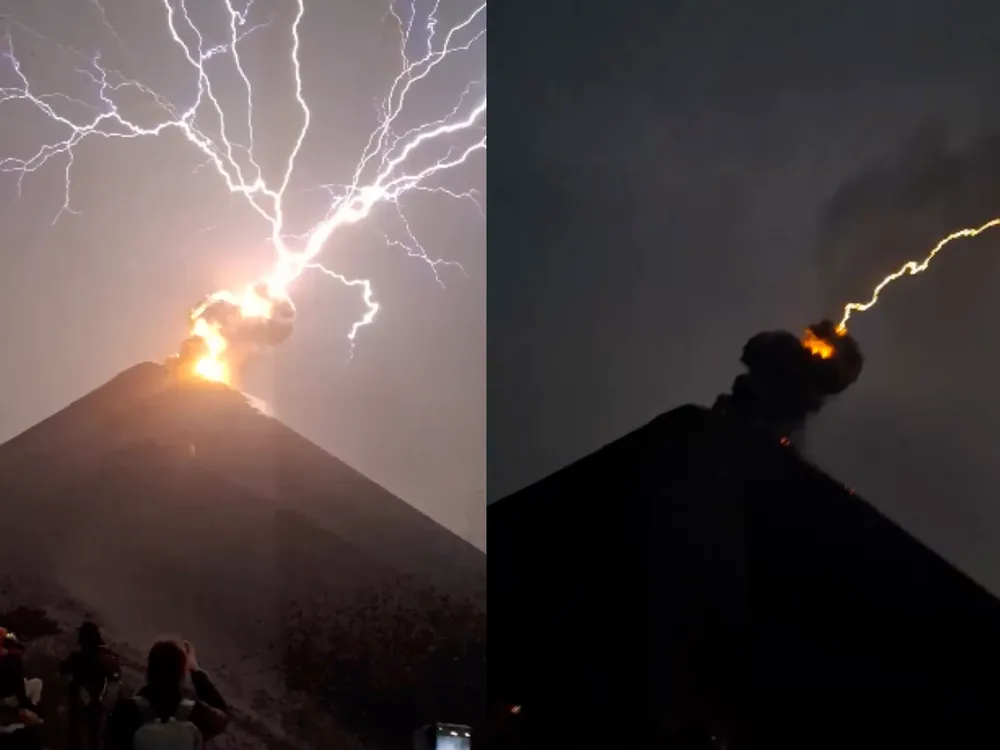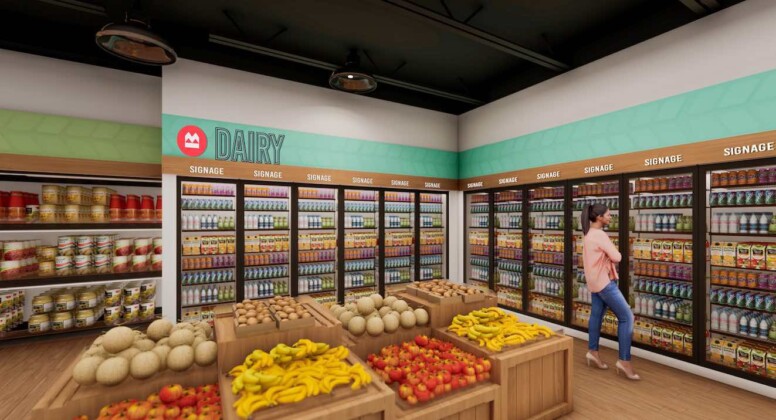The 20 Billion Dollar Shipwreck Treasure
Among history’s many shipwrecks, the San José galleon stands out for its treasures, estimated at $20 billion in gold, silver, and emeralds lying at the bottom of the Caribbean Sea. Dubbed the “holy grail” of shipwrecks, its riches have led to prolonged ownership disputes.
Recent developments include a pledge by the Colombian government to retrieve parts of the ship and its goods. In 2022, new images from a remotely operated vehicle revealed valuable items like gold ingots, coins, and pottery. Earlier this year, Colombia announced a $4.5 million recovery effort using a robot to salvage artifacts from 2,000 feet below the ocean’s surface.
The San José was a Spanish galleon equipped with 64 guns and three masts, launched in 1698. On June 8, 1708, it encountered a British squadron near Isla de Barú, south of Cartagena. While its sister ship, the San Joaquín, escaped, the San José was attacked and sank after an explosion, taking its treasures with it. Only 11 of its 600 passengers survived.
Today, the San José is at the center of a new battle over its fortune. Claimants include the governments of Colombia, Spain, and Peru, the U.S. company Sea Search Armada (SSA), and the indigenous Qhara Qhara people of Bolivia. The most intense legal friction is between Colombia and SSA, which claims to have found the wreckage in 1981. The Supreme Court of Colombia ruled in 2007 that items of “national cultural patrimony” belong to Colombia, with other items split between the parties. In 2015, Colombia announced it had found the true location of the shipwreck, rejecting SSA’s earlier discovery. SSA maintains that the debris found in 1981 is linked to the 2015 site and is suing Colombia for $10 billion.
While the San José’s treasure garners much attention, protecting cultural items seems to be a priority for the Colombian government and its partners.
